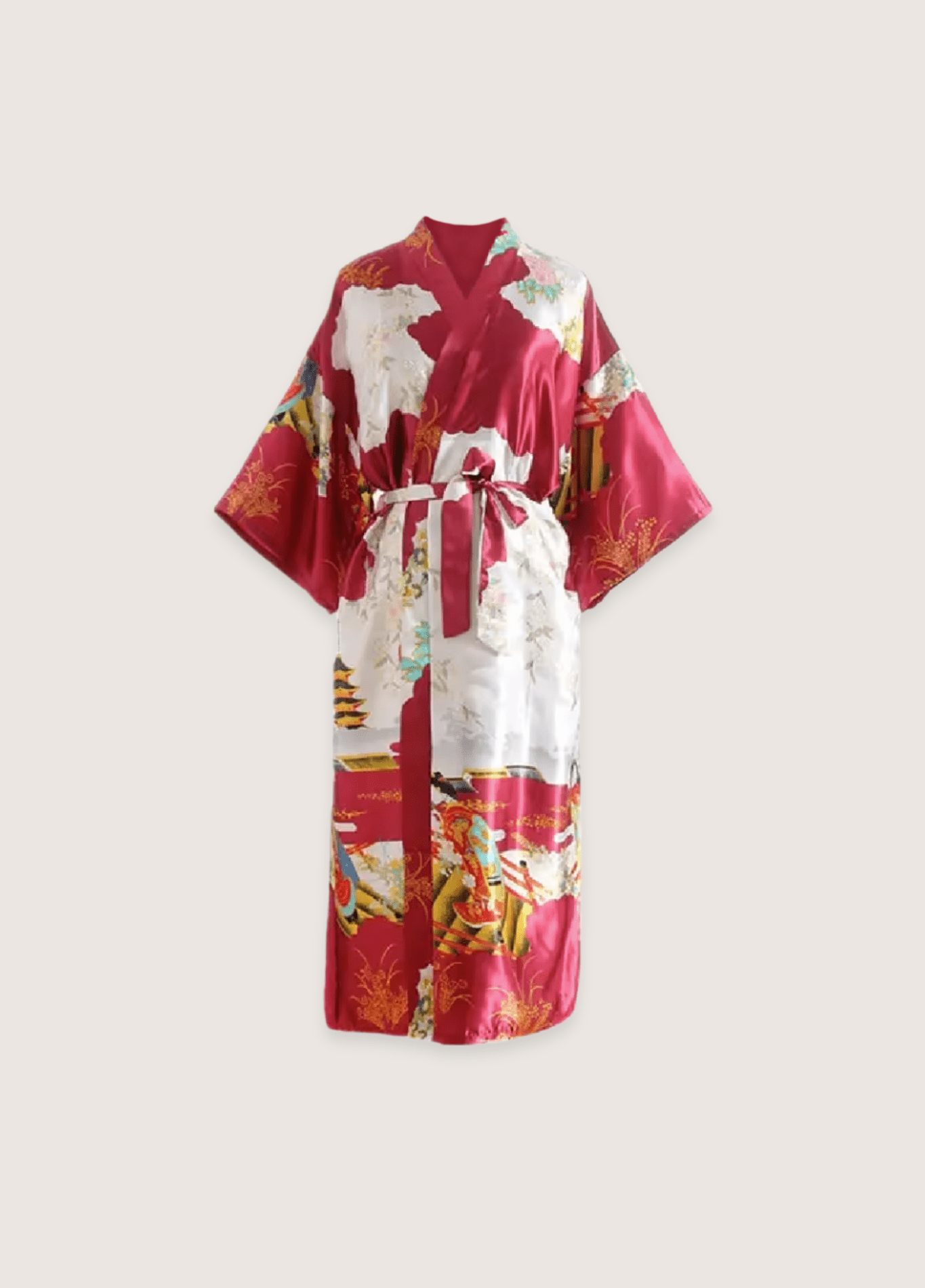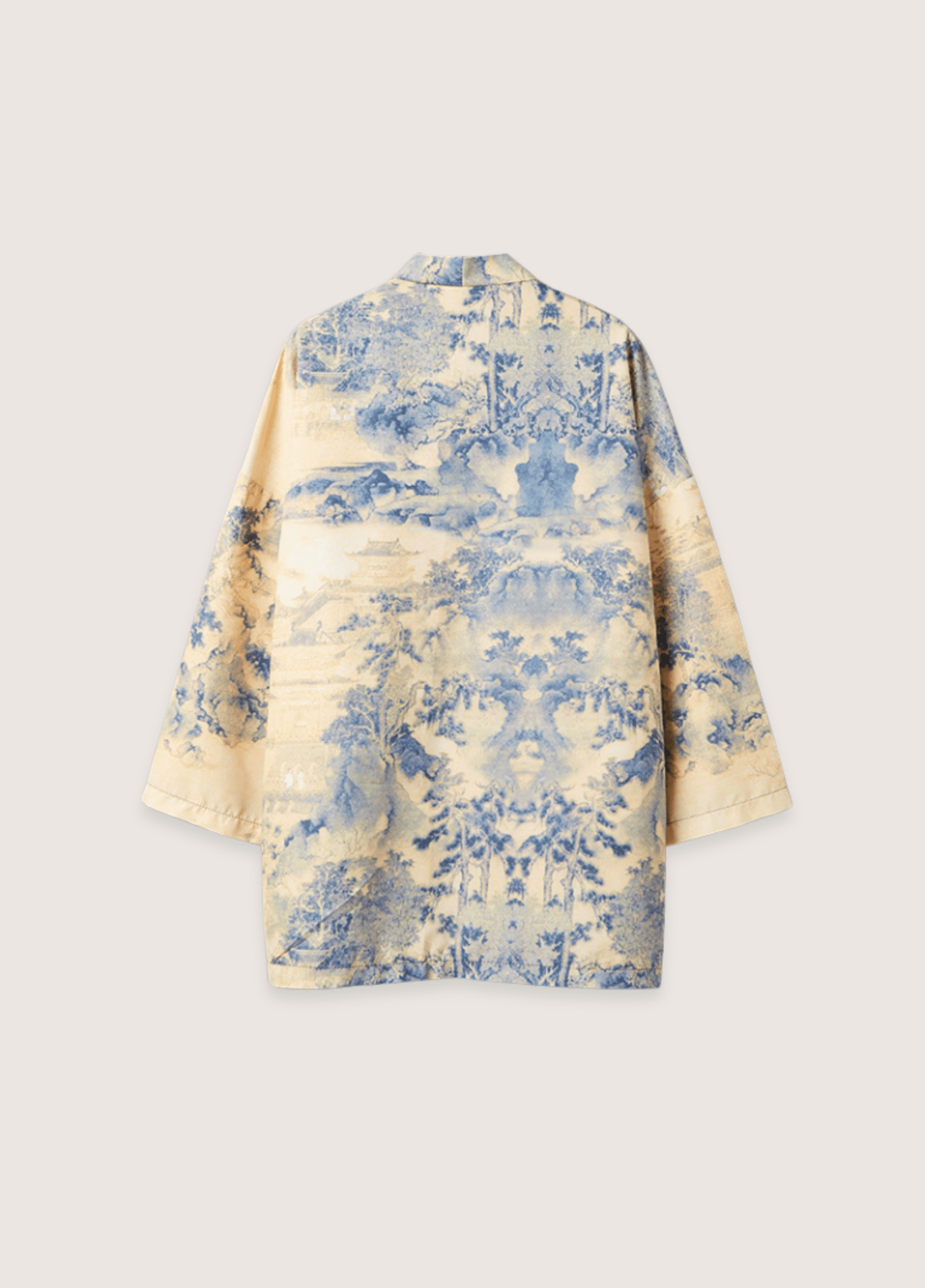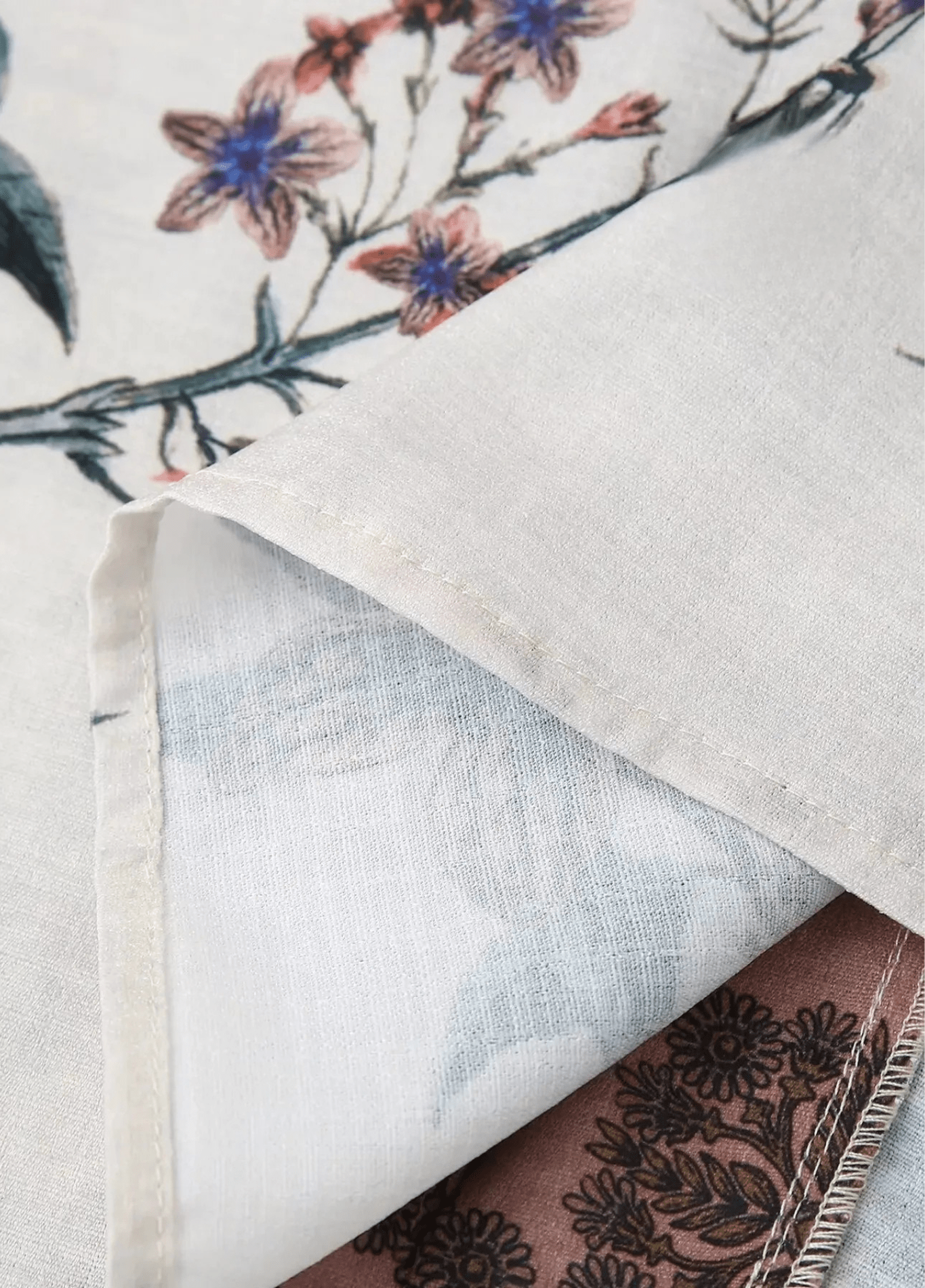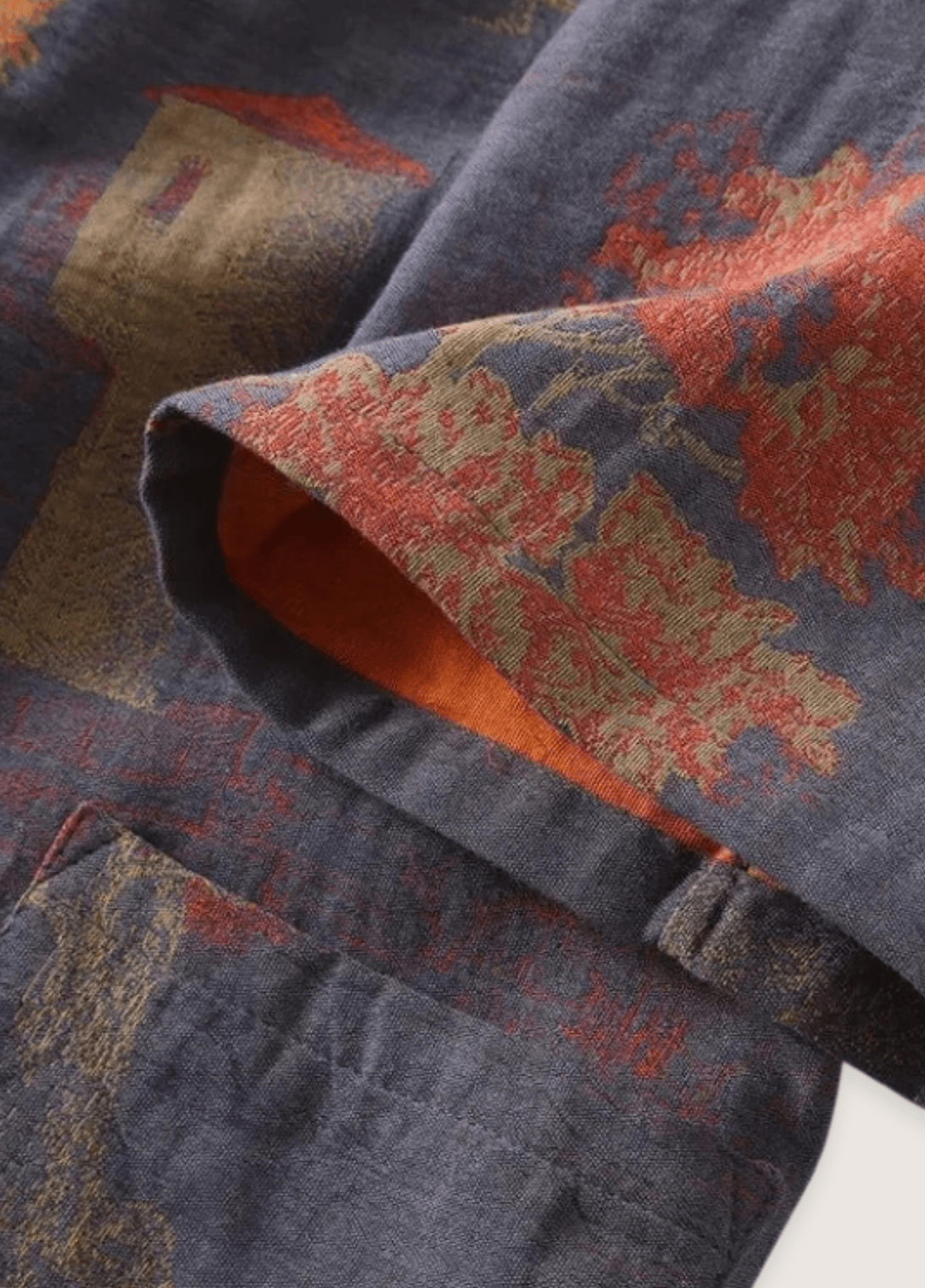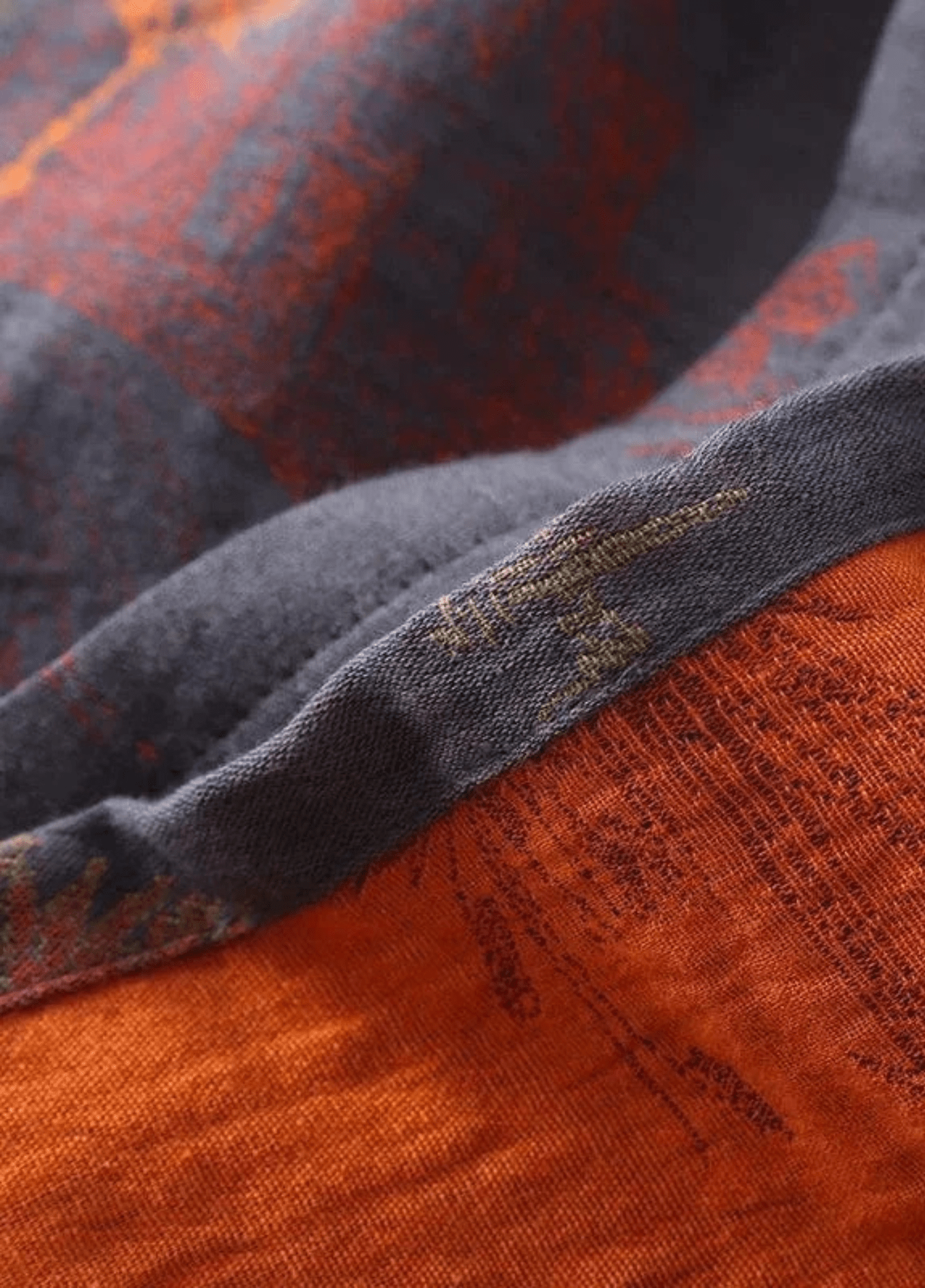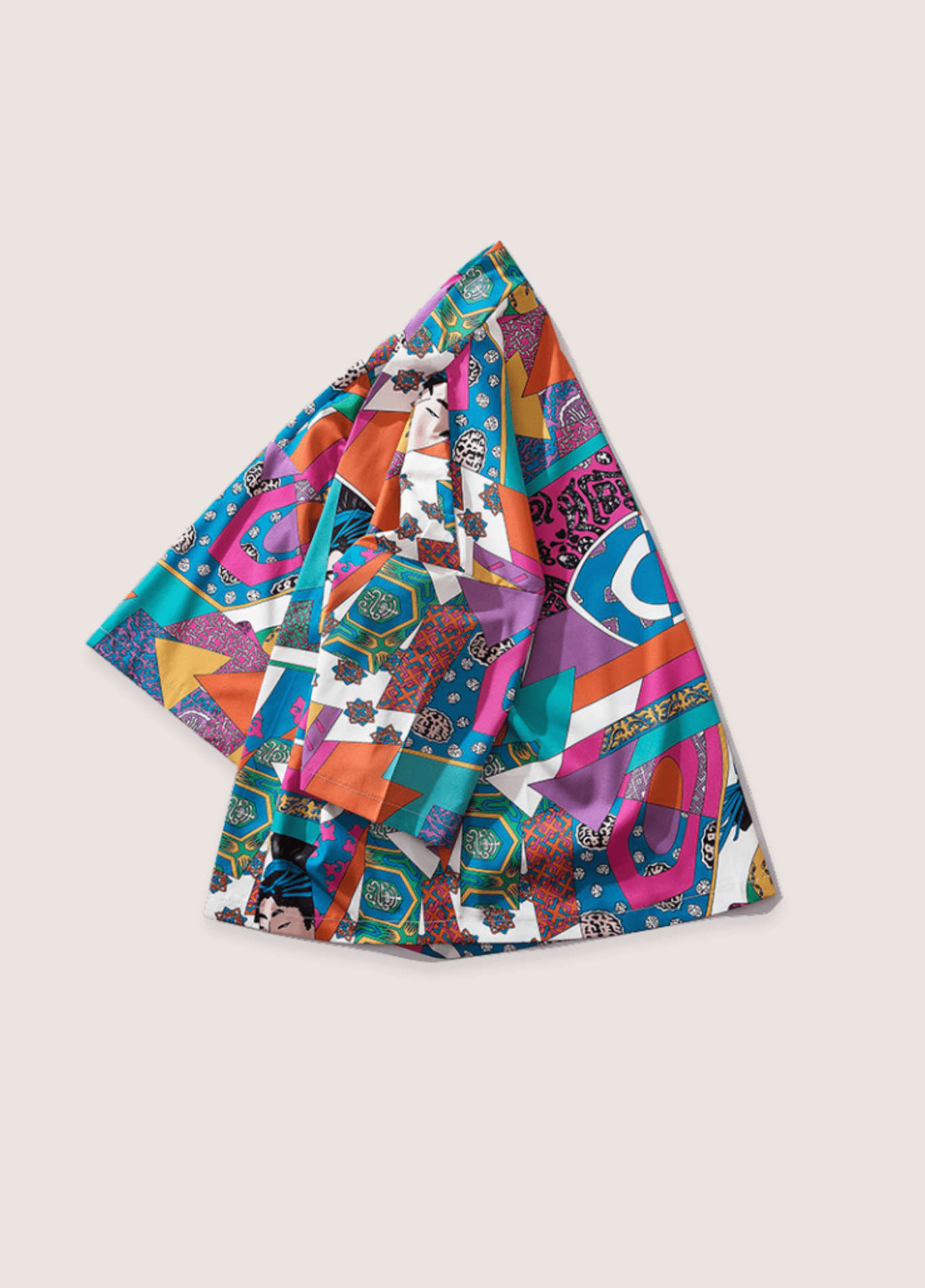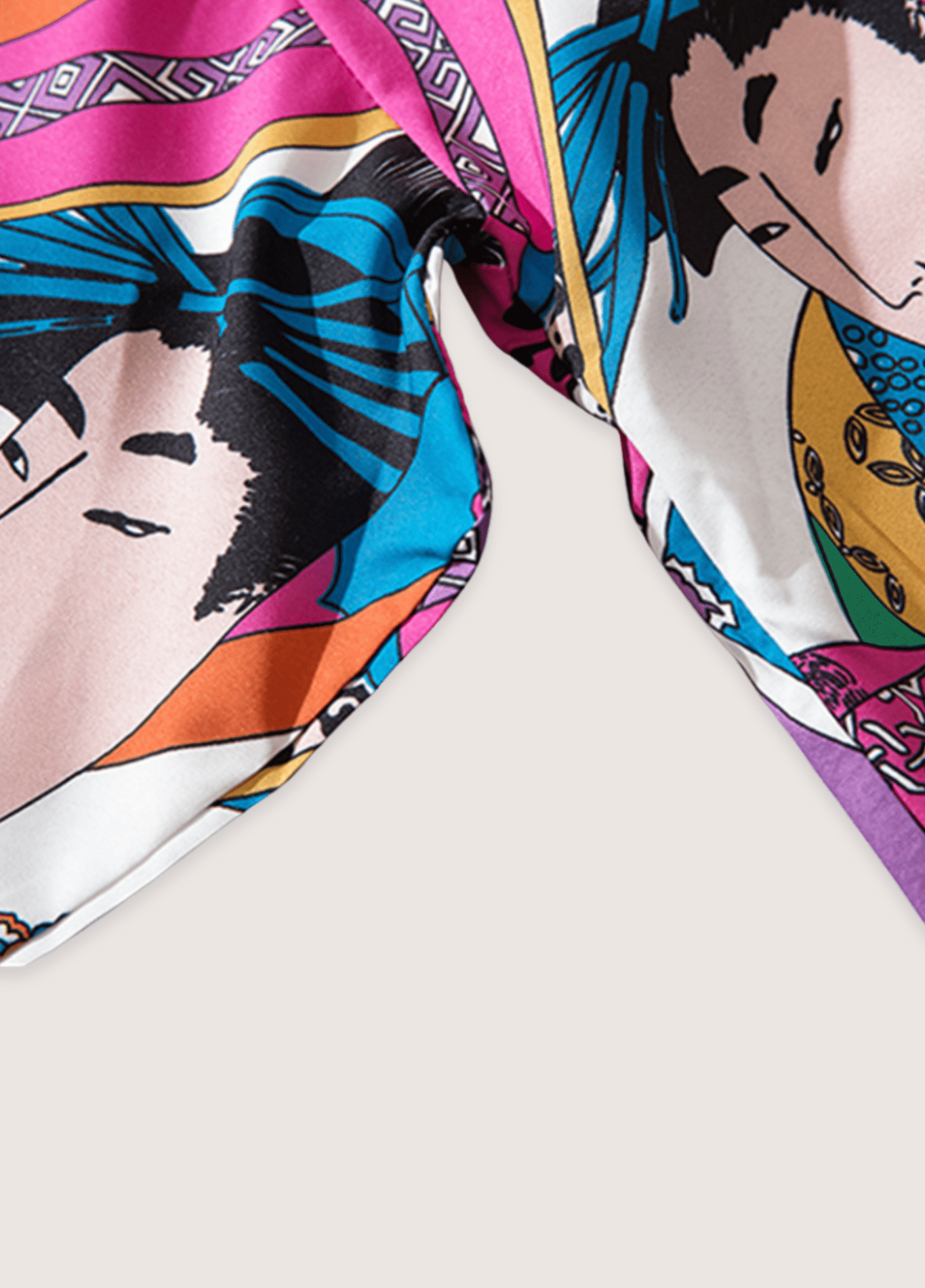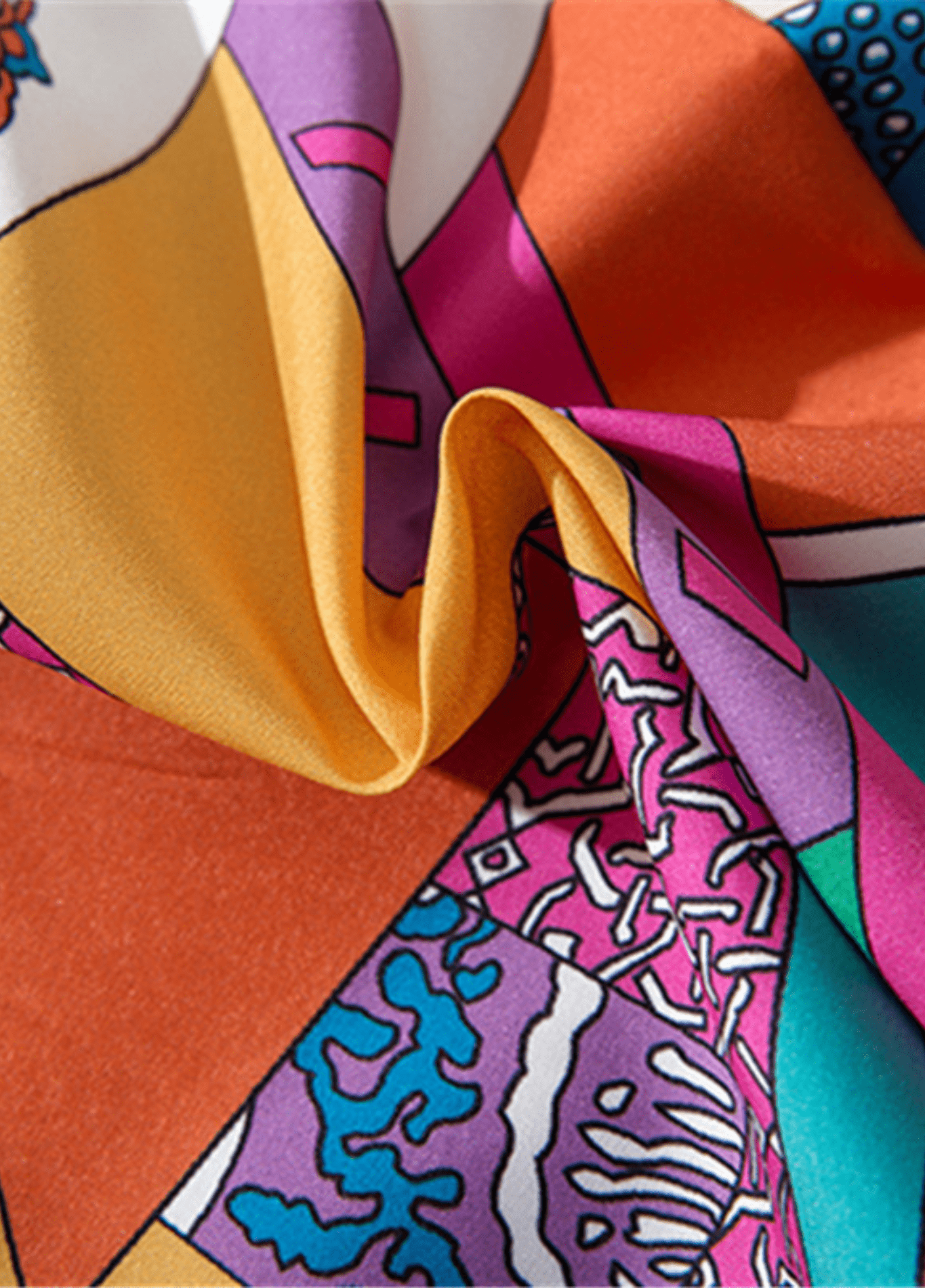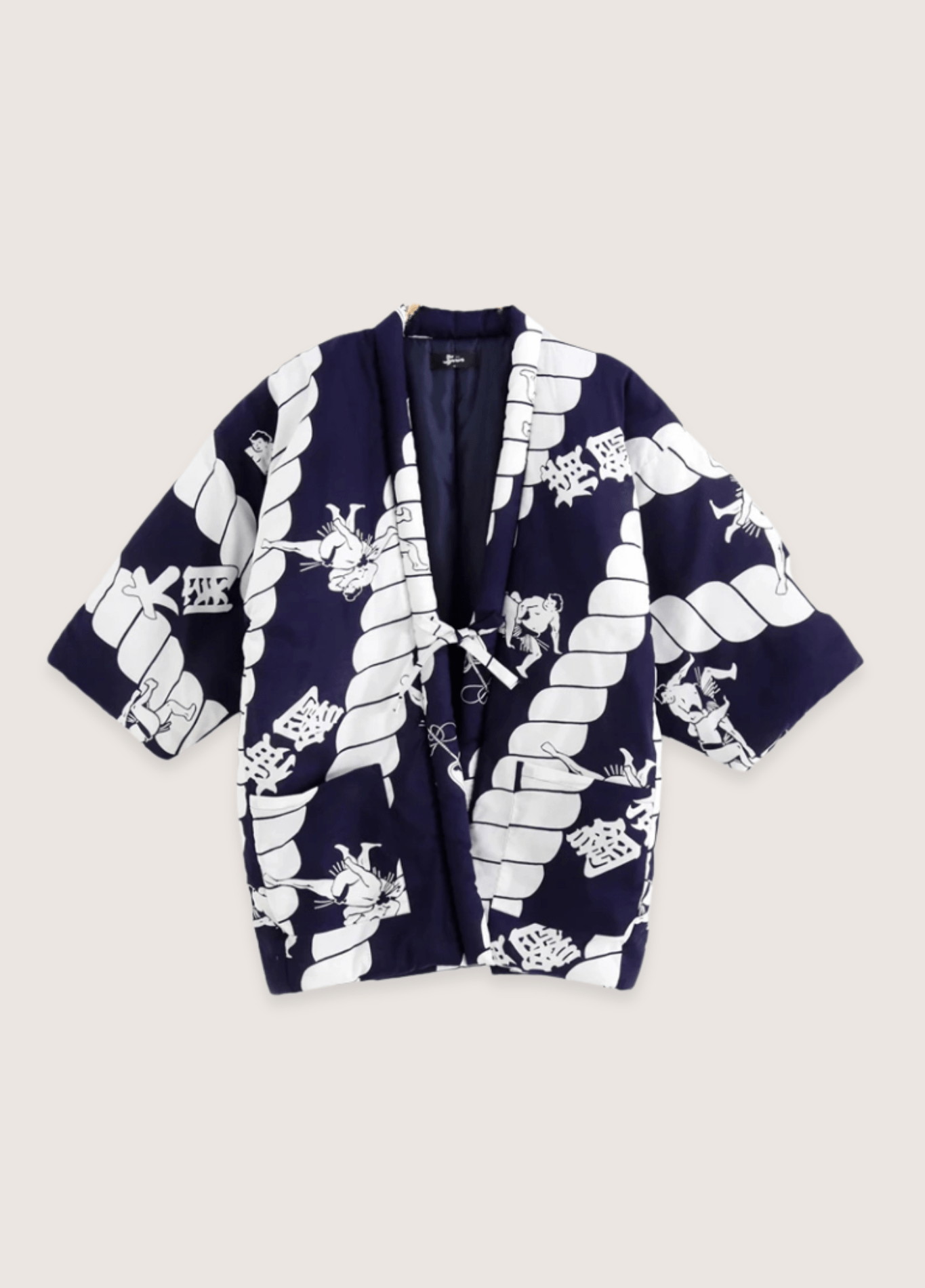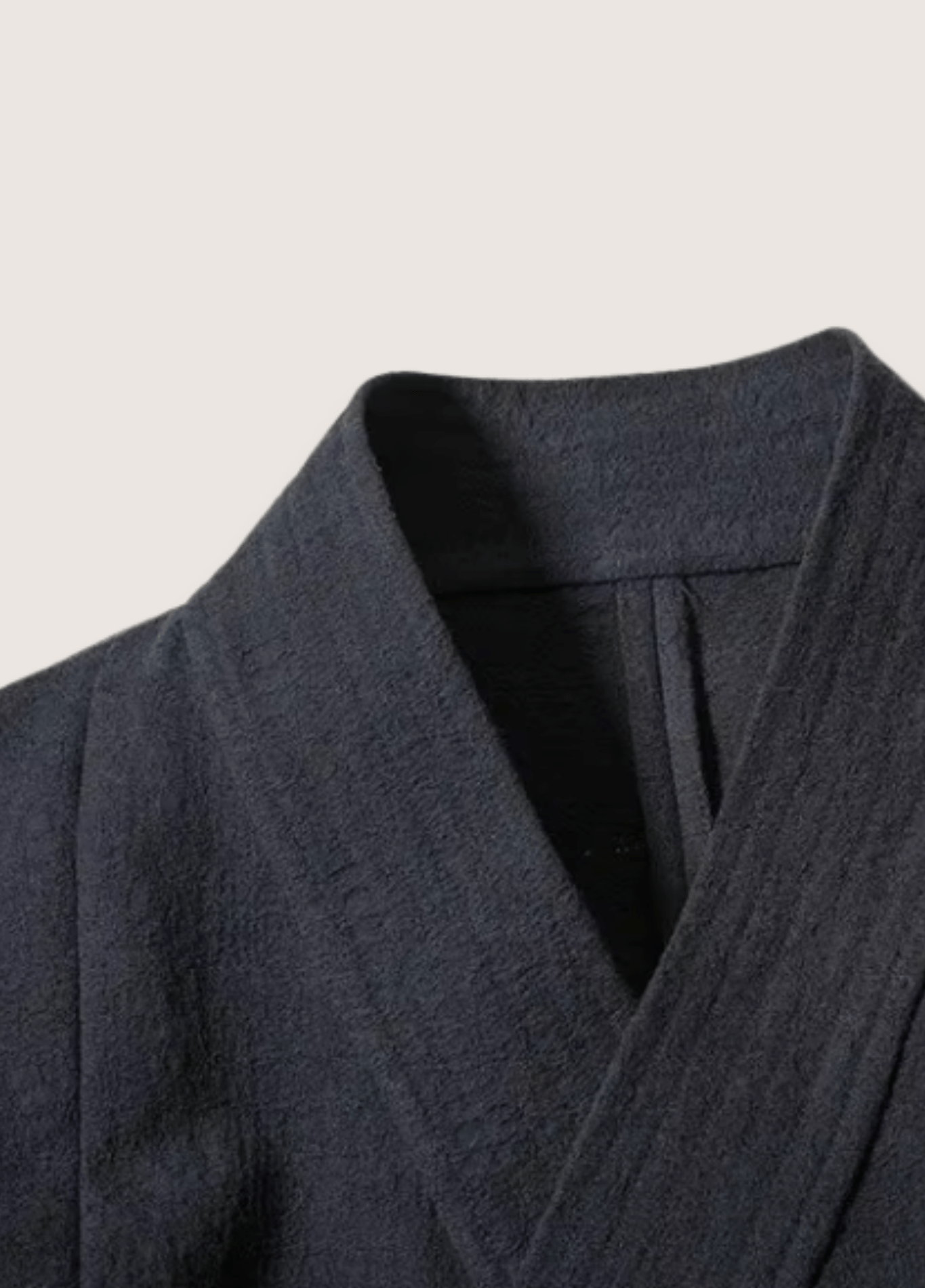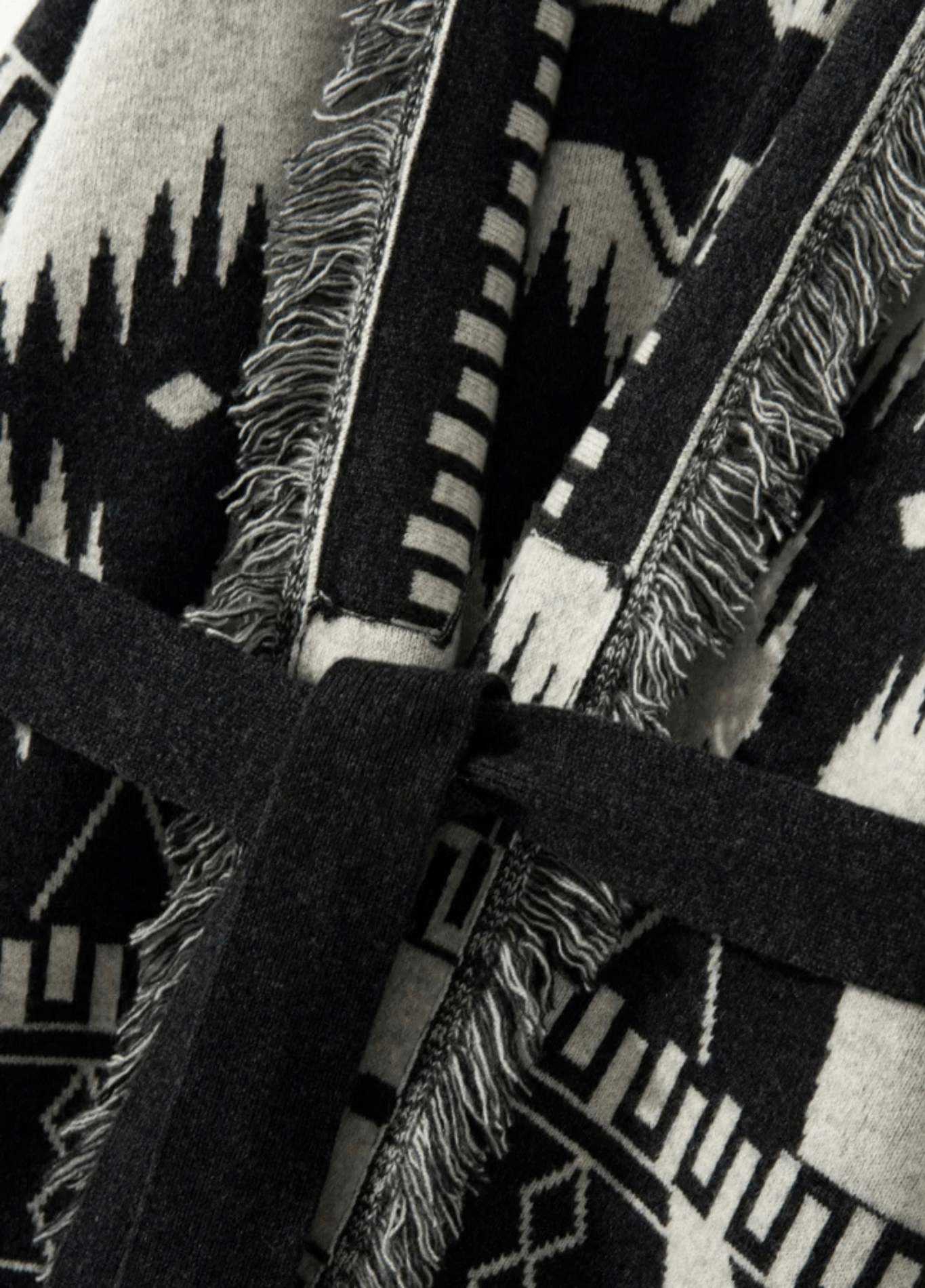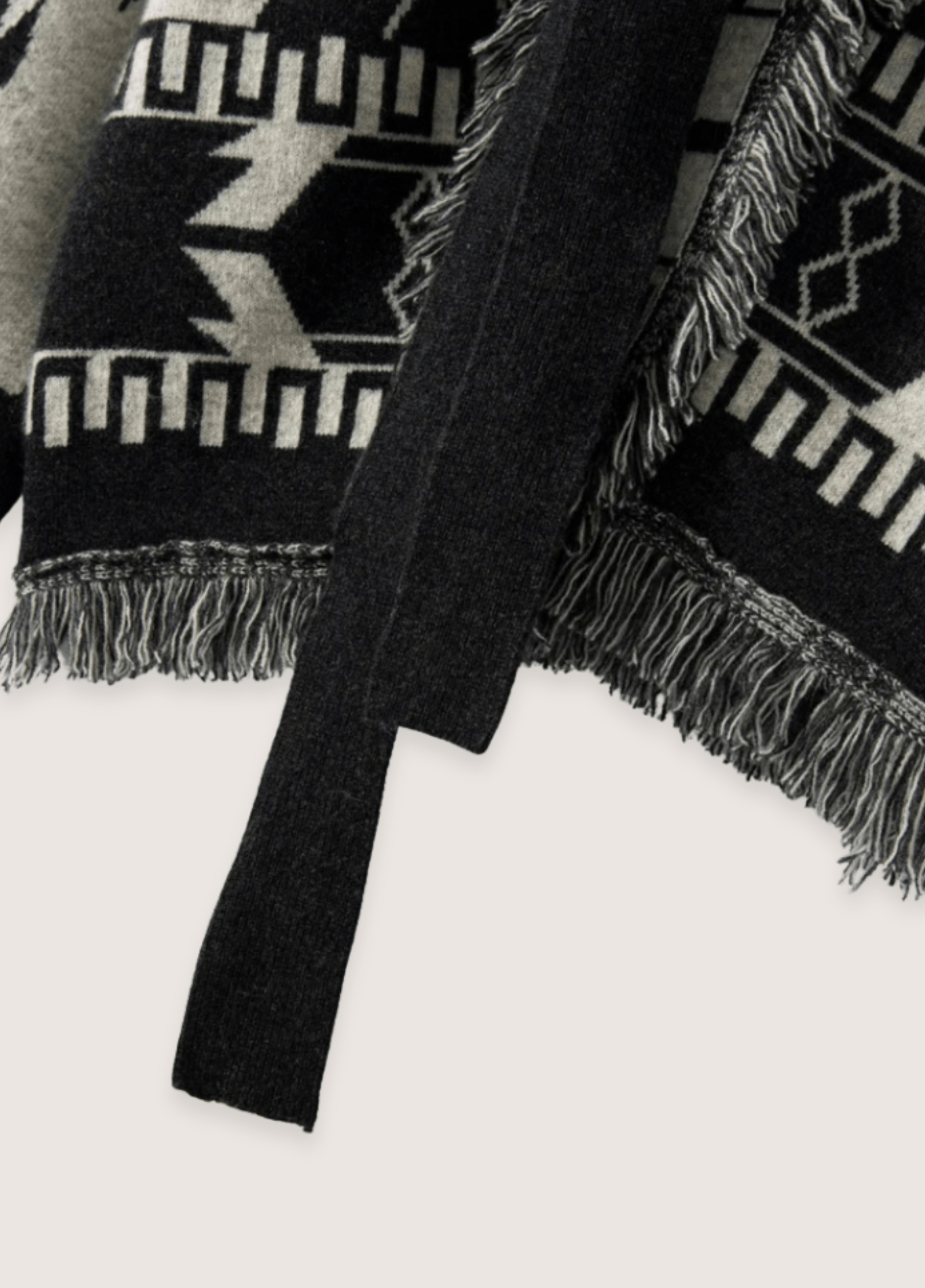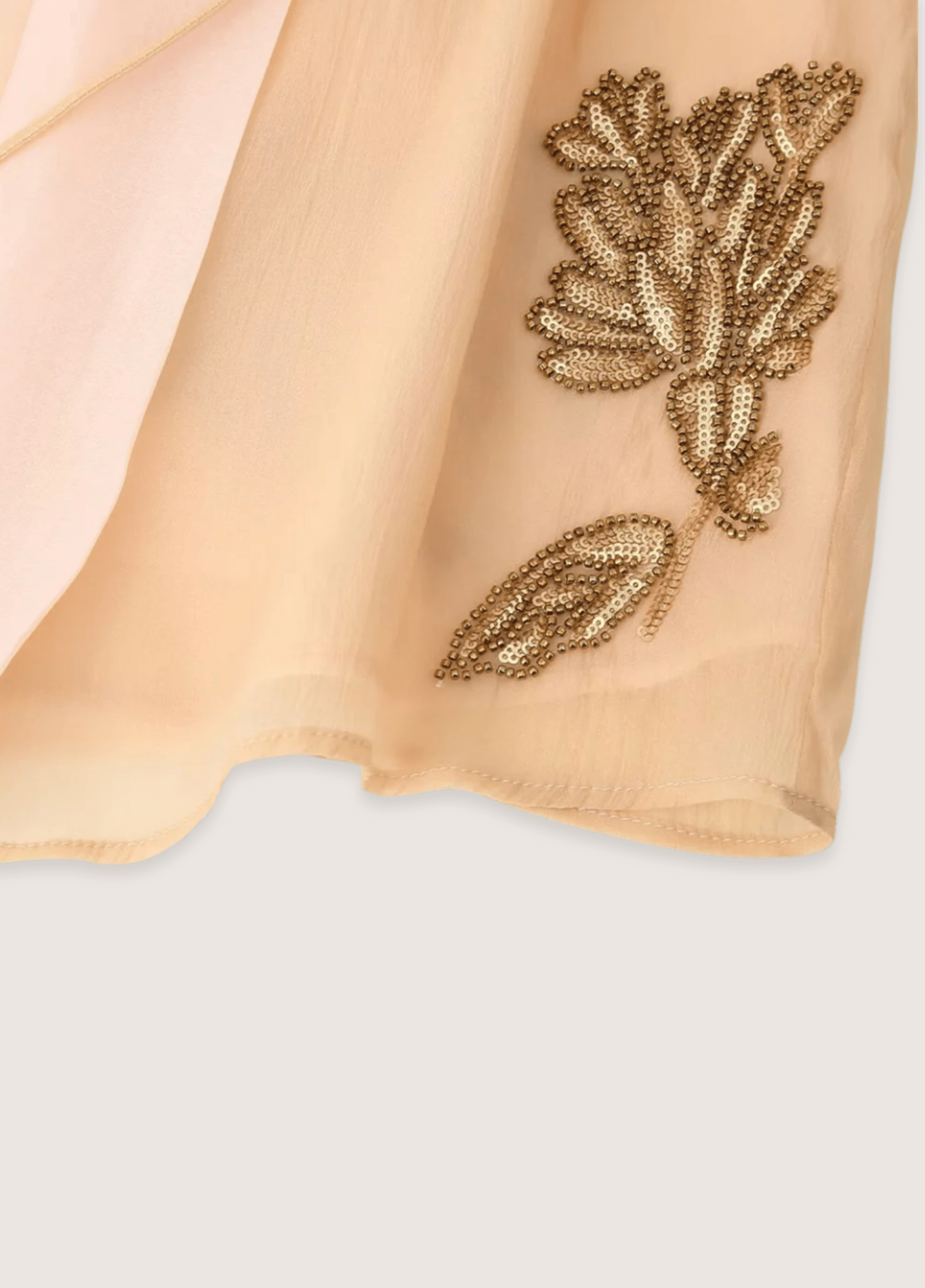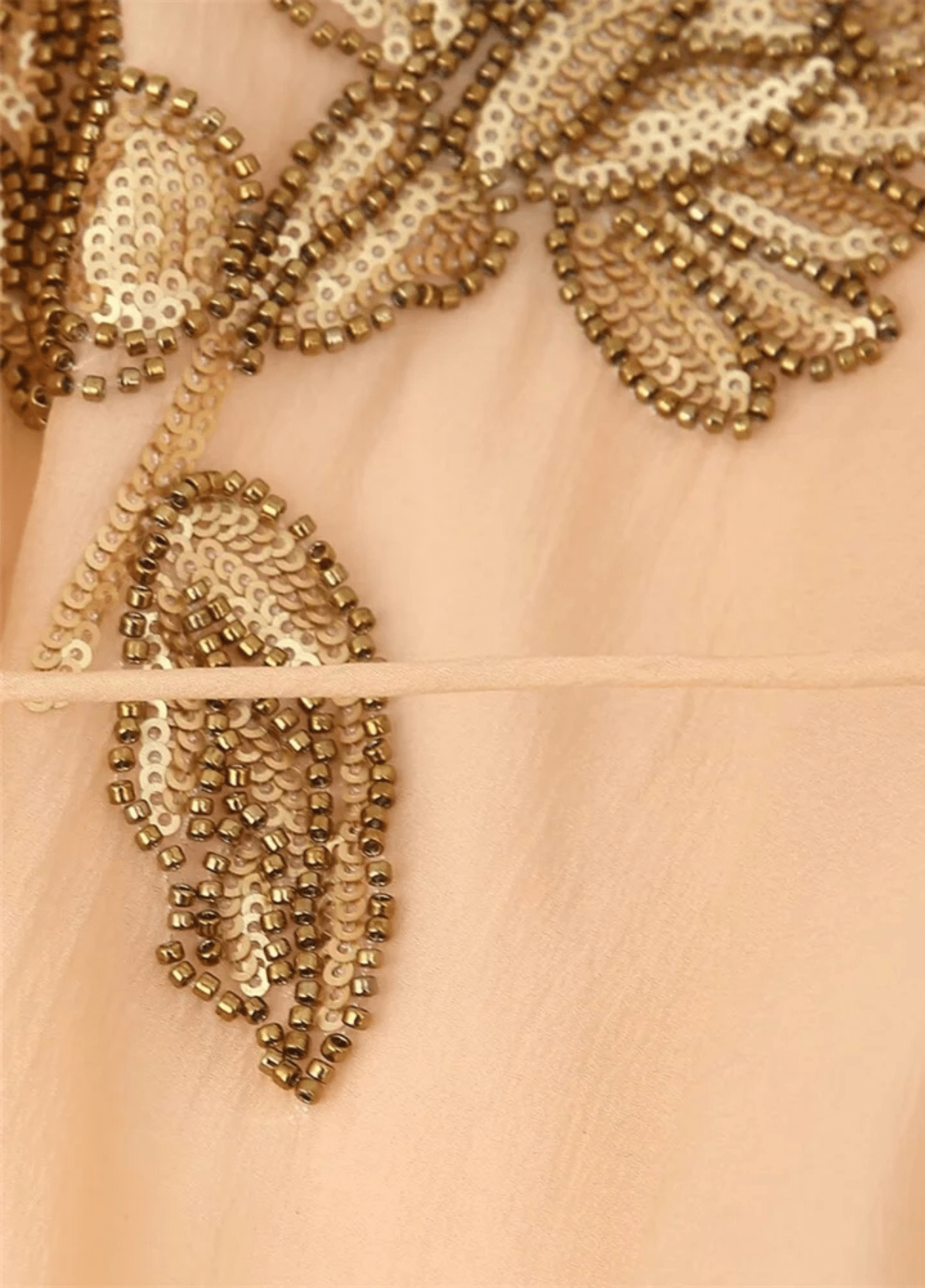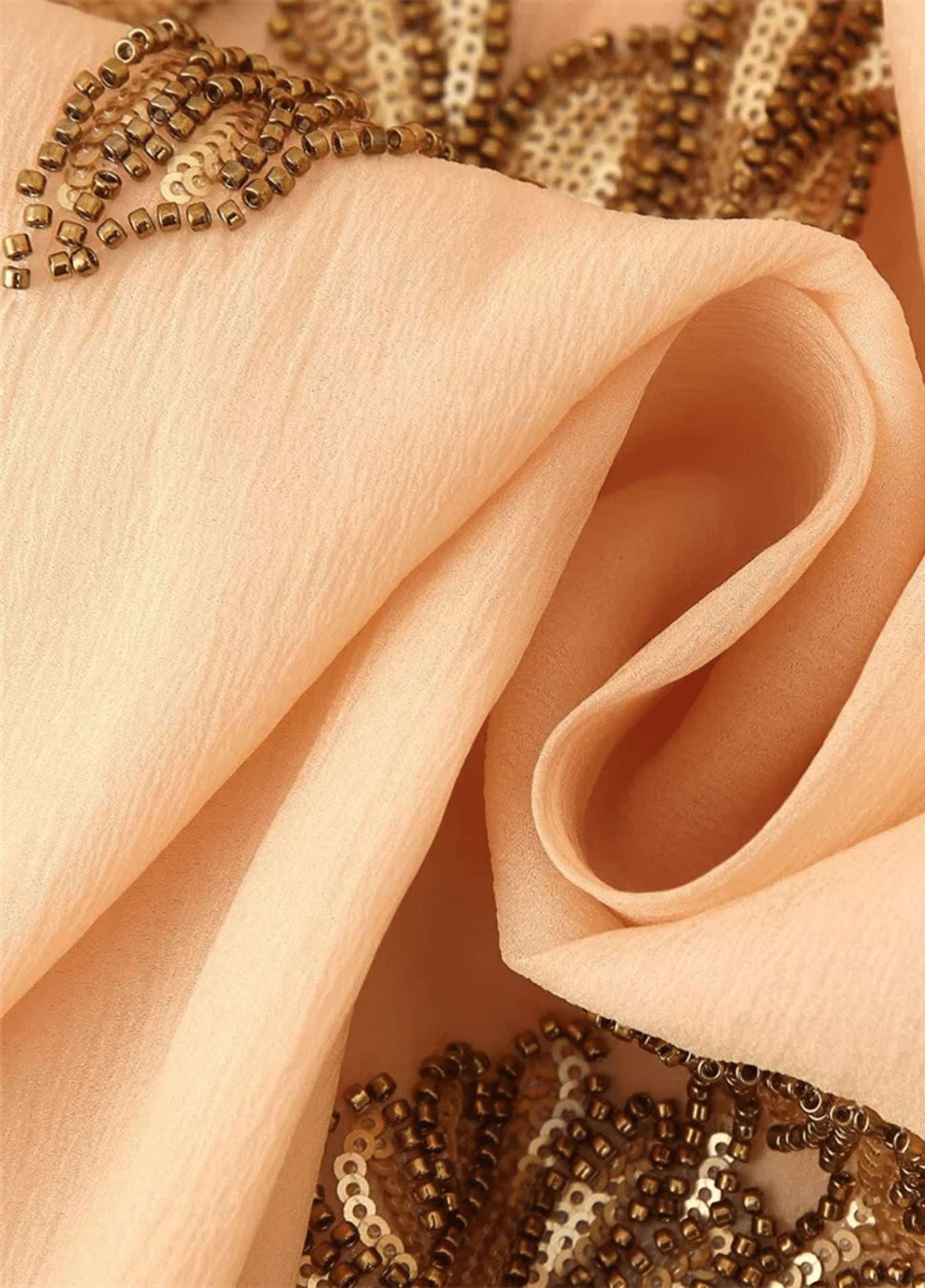The essence of the kimono and its fundamental maintenance.
The kimono , much more than just a piece of clothing, represents a precious cultural heritage that deserves special attention. Each fiber of this traditional Japanese garment tells a story, and its preservation requires a thorough understanding of care techniques. The first crucial step is to identify the nature of the fabric of your kimono, as each material requires specific care.
Explore our bestselling collection of exclusive kimonos
Summary:
The cotton kimono: Refined simplicity
The Delicate Art of Silk Kimono
Manual washing
The science of drying and preservation
Expert secrets for optimal conservation
Innovation in the service of tradition
The Living Legacy of Kimono
The cotton kimono: Refined simplicity
Cotton kimonos , also known as yukata , are the epitome of Japanese casual elegance. Their care, although more accessible, nevertheless requires special attention. Contrary to popular belief, improper washing can compromise the beauty of these seemingly sturdy pieces.
For optimal care of your yukata, machine wash at 30°C on a delicate cycle. Using a specific detergent for delicate fabrics is essential to preserve the natural fibers of the cotton. Absolutely avoid aggressive detergents that could alter the colors of your kimono.
The Delicate Art of Silk Kimono
The silk kimono represents the pinnacle of Japanese craftsmanship. Its delicacy demands an almost ceremonial approach to its care. While professional dry cleaning is the safest option, some situations may require home washing.
Manual washing
If you must wash your kimono by hand, turn it into a respectful ritual. Prepare a cold bath, enriched with a special pH-neutral silk soap . The water temperature is crucial: too hot could irreparably damage the precious fibers of your kimono.
Gently immerse your kimono in the soapy water, using gentle, circular movements. Absolutely avoid rubbing or twisting the fabric, as these sudden movements could distort or damage the silk fibers.
The science of drying and preservation
The drying process is as crucial as the washing itself. Lay your kimono flat on a clean, absorbent surface, ideally on a white cotton towel . Direct exposure to sunlight is absolutely prohibited, as it could discolor or weaken the fabric.
Expert secrets for optimal conservation
Preserving a kimono is an art in itself. Traditional Japanese storage recommends using acid-free tissue paper (tatou-shi) to protect the fabric from humidity and atmospheric variations. Choose a cool, dry storage location, away from direct light.
Innovation in the service of tradition
Modern preservation techniques now complement traditional methods. Using silica sachets in your storage boxes helps control humidity, while breathable covers protect your kimono from dust while allowing the fabric to breathe.
 The perfect alliance between tradition and modernity for the preservation of your kimono
The perfect alliance between tradition and modernity for the preservation of your kimono
The Living Legacy of Kimono
Caring for a kimono goes far beyond simple washing. It is an act of cultural preservation, a way of keeping a thousand-year-old tradition alive. Each act of care contributes to passing on to future generations the beauty and elegance of this unique art of clothing.
By following these valuable tips, your kimono will retain its original splendor and continue to tell its unique story through time. Preserving a kimono is a journey that connects us to the very essence of Japanese culture, where every detail counts and patience is rewarded by the durability and timeless beauty of this extraordinary garment.
 The reward for careful maintenance: a kimono that shines with beauty
The reward for careful maintenance: a kimono that shines with beauty







